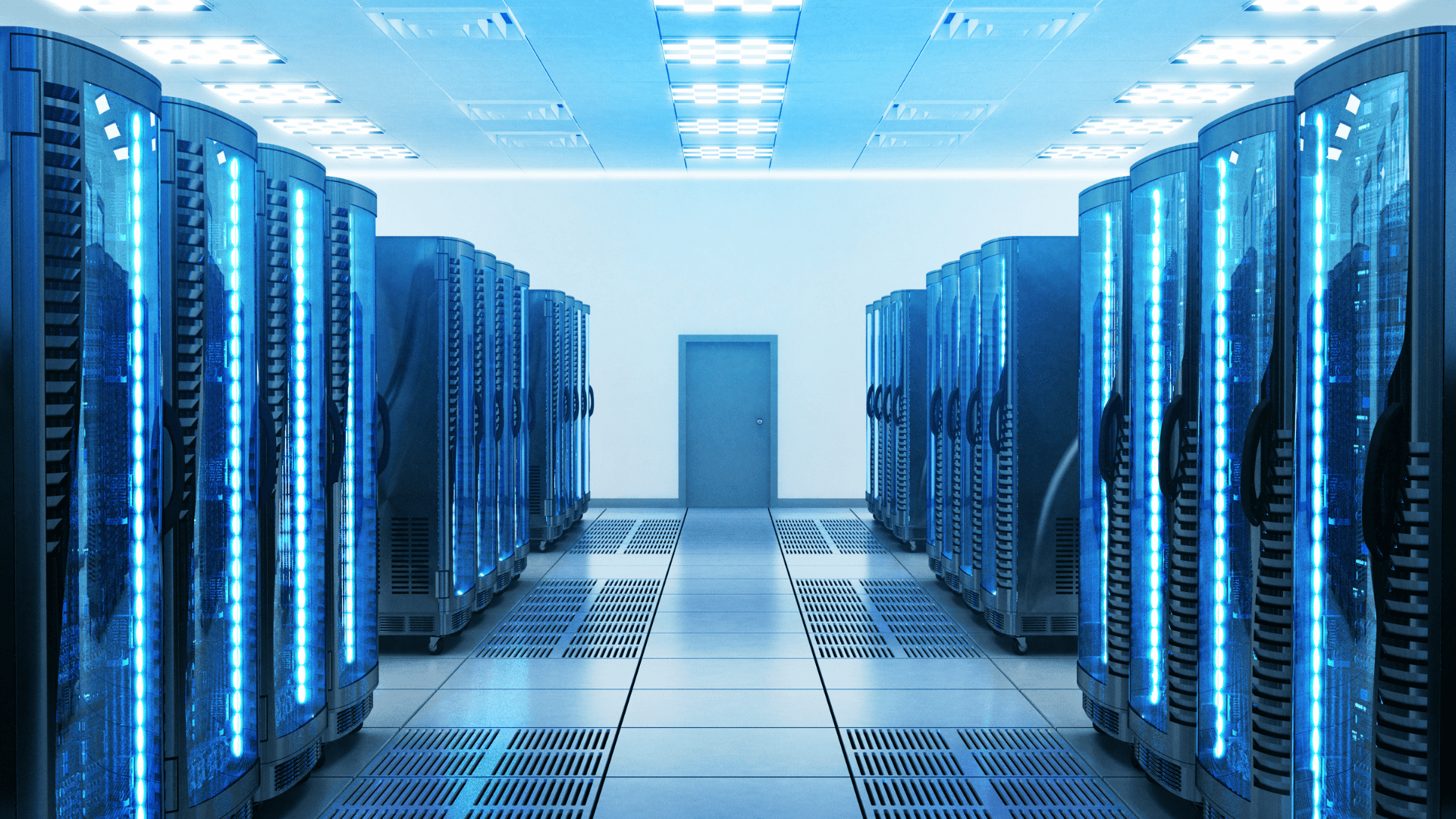Innovative cooling solutions can reduce their water footprint
Data centers form the backbone of the technological age. They store a vast amount of information on servers that power a range of online activities, from banking and online shopping transactions to web hosting, social media platforms, and search engines. These servers generate a lot of heat and consequently must be cooled down to prevent overheating.
Once the heat is removed from the servers, it passes through a heat exchanger to the building’s cooling system, which can be an air cooling or evaporative cooling system that transfers heat out of the building. As traditional cooling methods, such as air conditioning, consume a lot of energy, many data centers have a water-based evaporative cooling system because of its energy efficiency and cooling performance. However, while these systems are more energy efficient, they have high water demand.
Data center water consumption can put pressure on local water supplies, leading to conflicts with other water users and compromising aquatic systems.
For example, Google’s data centers that support online applications and social media networks such as Google Drive, Gmail, and YouTube use approximately 550,000 gallons of water every day. That’s a whopping 200 million gallons of cooling water a year.
Water use at Google’s facility in The Dalles, Oregon, has risen threefold over five years, from 113.1 million gallons in 2016 to 355.1 million gallons in 2021, and now accounts for more than a quarter of the city’s total water consumption.
While data centers tend to be thirsty beasts that can impinge local water resources and other water users, consumption can be significantly reduced by incorporating innovative technologies into their cooling systems.

Natural Air Cooling
Air cooling systems are considered energy intensive, but they needn’t be. Designing data centers that incorporate passive cooling techniques, such as natural ventilation, can facilitate the natural dissipation and removal of heat. This can enhance cooling without energy-intensive air conditioners or water-intensive evaporative cooling systems.
Locating data centers in cooler regions where ambient air temperatures are lower can also reduce the need for energy- and water-intensive cooling systems.
Innovative Technologies Cool Liquids
Innovative liquid cooling techniques, such as immersive cooling and direct-to-chip cooling, provide efficient and scalable solutions for absorbing and transferring heat from computer components to liquid coolants that circulate over or around them. A closed-loop chiller transfers heat directly to the surrounding liquid — this can be water, glycol, or oil-based coolant —that is circulated through heat-absorbing coils. The heat is then dissipated via a cooling tower. These closed-loop systems can incorporate water reuse, making them highly energy- and water-efficient.
Industry reports indicate that immersive cooling can reduce cooling energy consumption by up to 90% compared to traditional air cooling. This dramatic reduction in energy use also translates to significant water savings, as less heat needs to be dissipated through evaporative methods. Some advanced liquid cooling systems can achieve a water usage effectiveness (WUE) of nearly zero, meaning they require minimal to no water for cooling.
Water Conservation & Reuse Systems
Water conservation measures in cooling systems can improve the sustainability of data center operations. For example, circular water management technologies, such as membrane bioreactors that treat wastewater, allow it to be safely recycled and reused in cooling towers. That can significantly reduce water demand along with the costs and environmental impact associated with high water consumption.
Water supplies can also be augmented with rainwater harvesting and graywater recycling solutions, providing supplementary sources that can reduce pressure on local water supplies.
As the global demand for data storage and processing expands, so does the need for water-efficient cooling solutions. By choosing sustainable, water-saving cooling solutions, data centers can support responsible resource management without compromising the efficiency of their operations.
This need is further emphasized by the fact that the increasing energy demands of data centers directly correlate with their water consumption. Cooling these facilities can account for a substantial portion of their operational water usage. A Lawrence Berkeley National Laboratory report emphasizes that strategies to reduce both energy and water consumption are crucial. This includes optimizing cooling system efficiency and exploring alternative cooling technologies. The report further indicates that the adoption of water-efficient cooling practices is not only environmentally responsible but can also contribute to cost savings for data center operators by reducing water and wastewater expenses. Therefore, the integration of sustainable cooling solutions is paramount for the future of data center operations.

Founder Dinis Guarda
IntelligentHQ Your New Business Network.
IntelligentHQ is a Business network and an expert source for finance, capital markets and intelligence for thousands of global business professionals, startups, and companies.
We exist at the point of intersection between technology, social media, finance and innovation.
IntelligentHQ leverages innovation and scale of social digital technology, analytics, news, and distribution to create an unparalleled, full digital medium and social business networks spectrum.
IntelligentHQ is working hard, to become a trusted, and indispensable source of business news and analytics, within financial services and its associated supply chains and ecosystems










